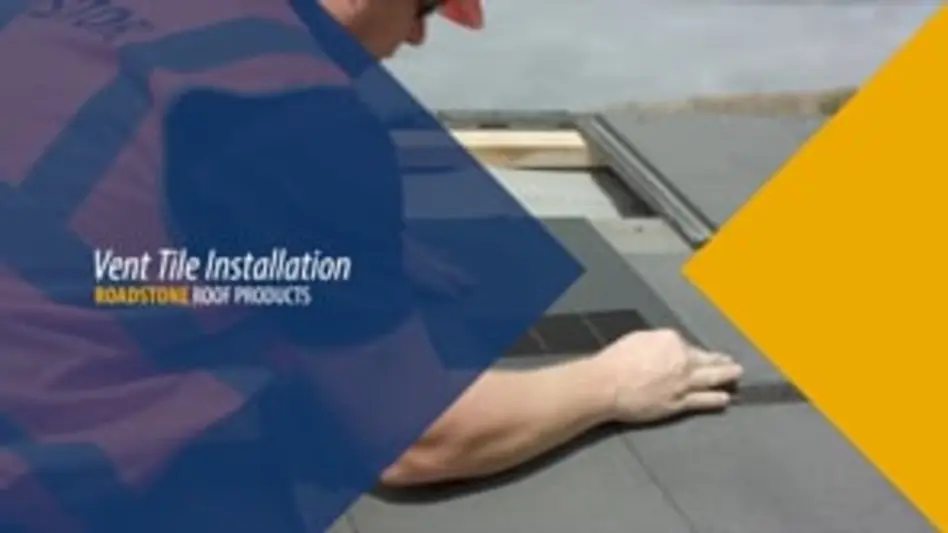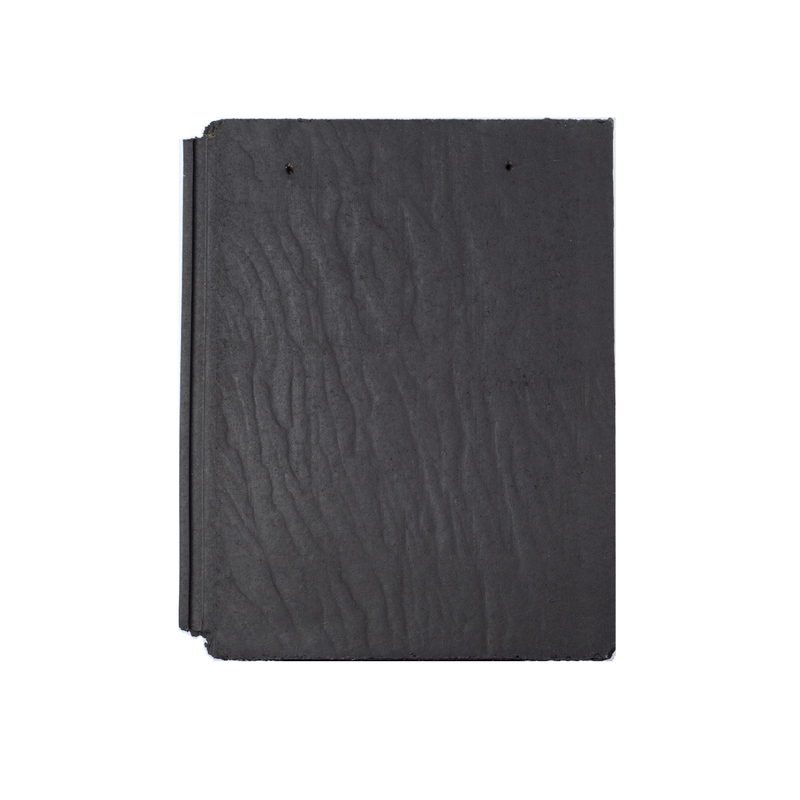Breadcrumb
- Home
- Product Search
- Eave Ventilation System
Eave Ventilation System
The Roadstone Eave Ventilation System provides continuous over-fascia roof space ventilation in a simple weatherproof system. The system eliminates the need for a tilting fillet and reduces the required height of the fascia board.


Learn about relevant specification for Slating and Tiling in Ireland, along with important design considerations and solutions for various roof pitches.


Under strong wind gusts the uplift of the roof tiles may be in excess of the dead mass of the tiles, hence requiring them to be securely fixed to prevent them being lifted from the building.
Wind Loadings/Tile Fixing
The principal factors to be considered in deciding on the necessity for additional mechanical fixings are:-The exposure and location of the site
- Type of element
- The height of the building
- The roof pitch
- The higher wind loadings encountered at eaves and verges.
Where a building is complex in shape, located on steep sloping ground or near to the edge of a cliff, further advice should be obtained.
Recommended Nailing/Clipping
Recommended Nailing/Clipping as per requirements given in compliance with SR. 82.- In the green area of the map every tile should be nailed or mechanically fixed.
- In the blue area each tile in every alternative course should be nailed or mechanically fixed.
- On all sites, every edge or perimeter tile should be nailed or mechanically fixed. In the case of valleys, the first full tile should be nailed or mechanically fixed.
- On exposed sites and in built up areas subject to adverse wind effects such as funnelling, every tile should be nailed or mechanically fixed within the blue area.
- On all roofs at pitches above 45°, each tile should be nailed or mechanically fixed.
- On all roofs at pitches of 55° and over, in addition to nailing each tile, the tail of each tile should be mechanically fixed.
Exposed buildings
For the purposes of selecting appropriate mechanical fixing, buildings in the following circumstances are considered to be exposed:(a) any building which stands above its surroundings or has a ridge height in excess of 12 metres above adjoining ground level, or
(b) any building on a hill slope or hill top, or
(c) any building in a built up area which is subject to adverse wind effects, such as funnelling, or
(d) any building which is located in the green area of the map.
Severely exposed buildings
For the purposes of selecting appropriate mechanical fixing, buildings located in the green area of map which are in the following circumstances, are considered to be severely exposed:(a) any building which stands above its surroundings or has a ridge height in excess of 12 metres above adjoining ground level, or
(b) any building on a hill slope or hill top, or
(c) any building which is subject to adverse wind effects, such as funnelling.
In summary, minimum fixing requirements for single lap tiles:
Tile Profile Nail Size
Pitch Fixing requirementsPitch ≥ 55° All exposure conditions: every tile head nailed and tail clipped
Pitch > 45° a) Normal building: every tile head nailed or tail clipped
and < 55° b) Exposed or severely exposed building: every tile head nailed and tail clipped
Pitch ≤ 45° a) Perimeter* area, normal building: every tile head nailed or tail clipped
b) Roof area excluding perimeter*, normal building : each tile in every alternative course head nailed or tail clipped
c) E Exposed building: every tile head nailed or tail clipped
d) Severely exposed building: every tile head nailed and tail clipped
*All bedded ridge tiles should be mechanically fixed.
All tiles at eaves, verges, ridges, hips and tiles adjacent to valleys, abutments, chimneys, rooflights, etc.
*All tiles at eaves, verges, ridges, hips and tiles adjacent to valleys, abutments, chimneys, rooflights, etc.
and < 55° b) Exposed or severely exposed building: every tile head nailed and tail clipped
Pitch ≤ 45° a) Perimeter* area, normal building : every tile head nailed or tail clipped
b) Roof area excluding perimeter*, normal building : each tile in every alternative course head nailed or tail clipped
c) Exposed building: every tile head nailed or tail clipped
d) Severely exposed building: every tile head nailed and tail clipped
*All tiles at eaves, verges, ridges, hips and tiles adjacent to valleys, abutments, chimneys, rooflights, etc.
We've created these handy demonstration videos to help you when using and installing our products.
We'll be adding to our video tutorial library on a regular basis, so don't forget to check in with us to see what's new.
-
 Remote video URL
Remote video URL
-
 Remote video URL
Remote video URL
-
 Remote video URL
Remote video URL
-
 Remote video URL
Remote video URL
-
 Remote video URL
Remote video URL
-
 Remote video URL
Remote video URL
-
 Remote video URL
Remote video URL
-
 Remote video URL
Remote video URL
-
 Remote video URL
Remote video URL





